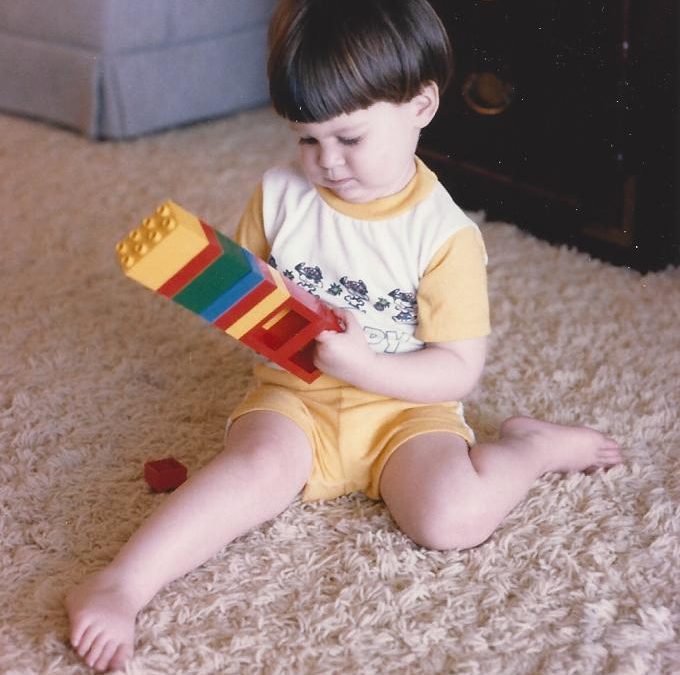Tom Iland has been solving Wheel of Fortune puzzles for three decades
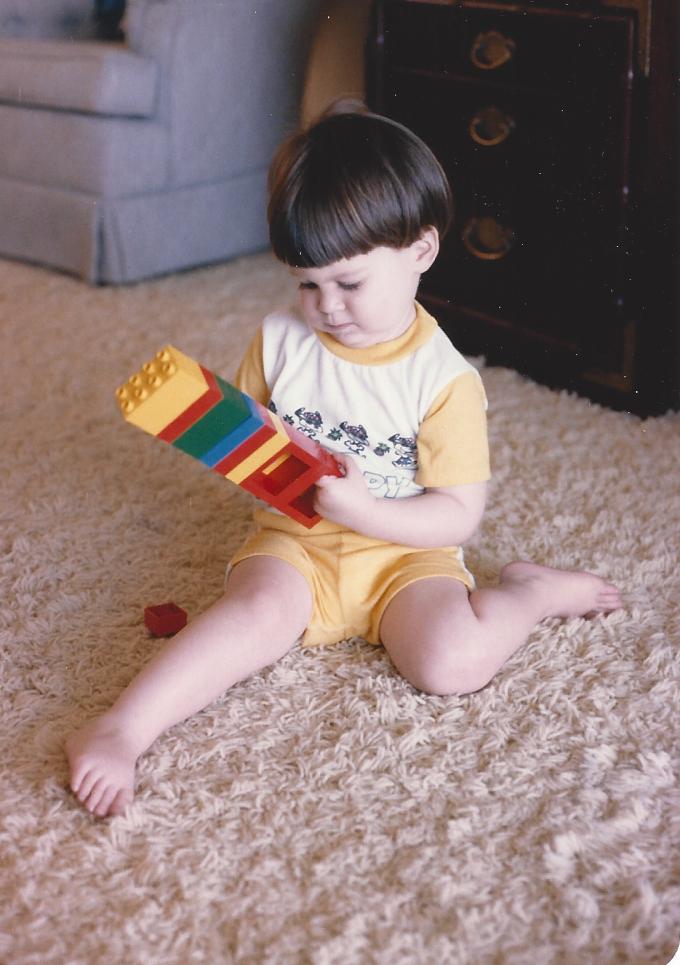
It was quite a shock when Tom put down his Legos, stood in front of the TV and solved the Wheel of Fortune bonus round puzzle, “Spring Break” before the contestant. He was just three years old. Stunned, my mother and I looked at one another and asked, “What just happened?” We were relieved to witness this amazing moment together, since no one would have believed it without someone else to back up the story!
Tom was mesmerized by the Wheel of Fortune TV show from the time he was really little. I remember him freezing in his tracks as he crawled on the carpet before his first birthday, watching with rapt attention as contestants spun the wheel and called out letters. This fascination continued for years.
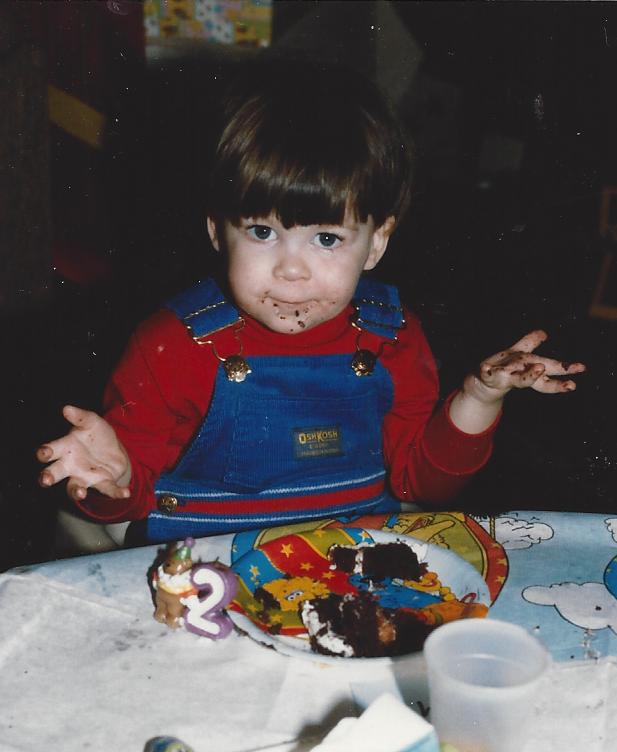
Tom’s early years pretty much matched what I read in the baby book with one clear exception. He started saying single words around fourteen months, but around his second birthday, he had a sudden regression and stopped talking almost completely. Of course my husband and I took him straight to the pediatrician, who told us to wait and see, not to worry.
We were tremendously relieved when Tom began talking again a few months later, and were delighted to see that he could also read pretty much anything he saw! He also arranged magnetic letters on the refrigerator to spell words. We discussed this with the pediatrician, and agreed that Tom had experienced a “pregnant pause.” He was using those months of silence to soak up language in all its forms.

We figured our son was a genius, and that genius accounted for any other differences we were noticing, like the fact that he lined up his toys or never joined in during playdates with the neighborhood children. Tom was presenting a mixed bag of signals that we did not know how to interpret. The word “autism” was creeping into our consciousness. Was it possible to be gifted like Tom and have autism? In 1989 when he had an informal screening, the answer was, “No.

By 1994, however, Asperger Syndrome was added to the diagnostic manual experts use, expanding the view of autism to include people with normal or gifted intelligence. Asperger Syndrome explained the social, communication, behavioral and sensory differences that Tom had been experiencing for years. The term Autism Spectrum Disorder (ASD) is now used to include people of all abilities who fit a unique pattern of developmental differences.
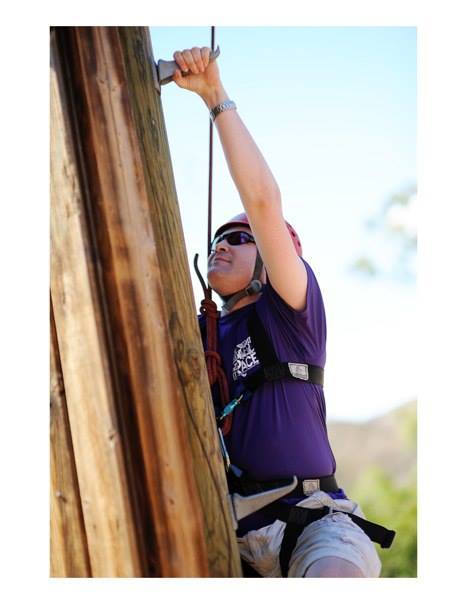
When Tom was in elementary school we scrambled to get him the help he needed. These were very difficult years for him and the entire family. I think the most heartbreaking aspect for us all was the bullying and rejection by his peers. Tom found comfort in an old friend, the Wheel of Fortune TV show. He took the computer game version with him everywhere and tuned nightly to the familiar faces of Pat Sajak and Vanna White.
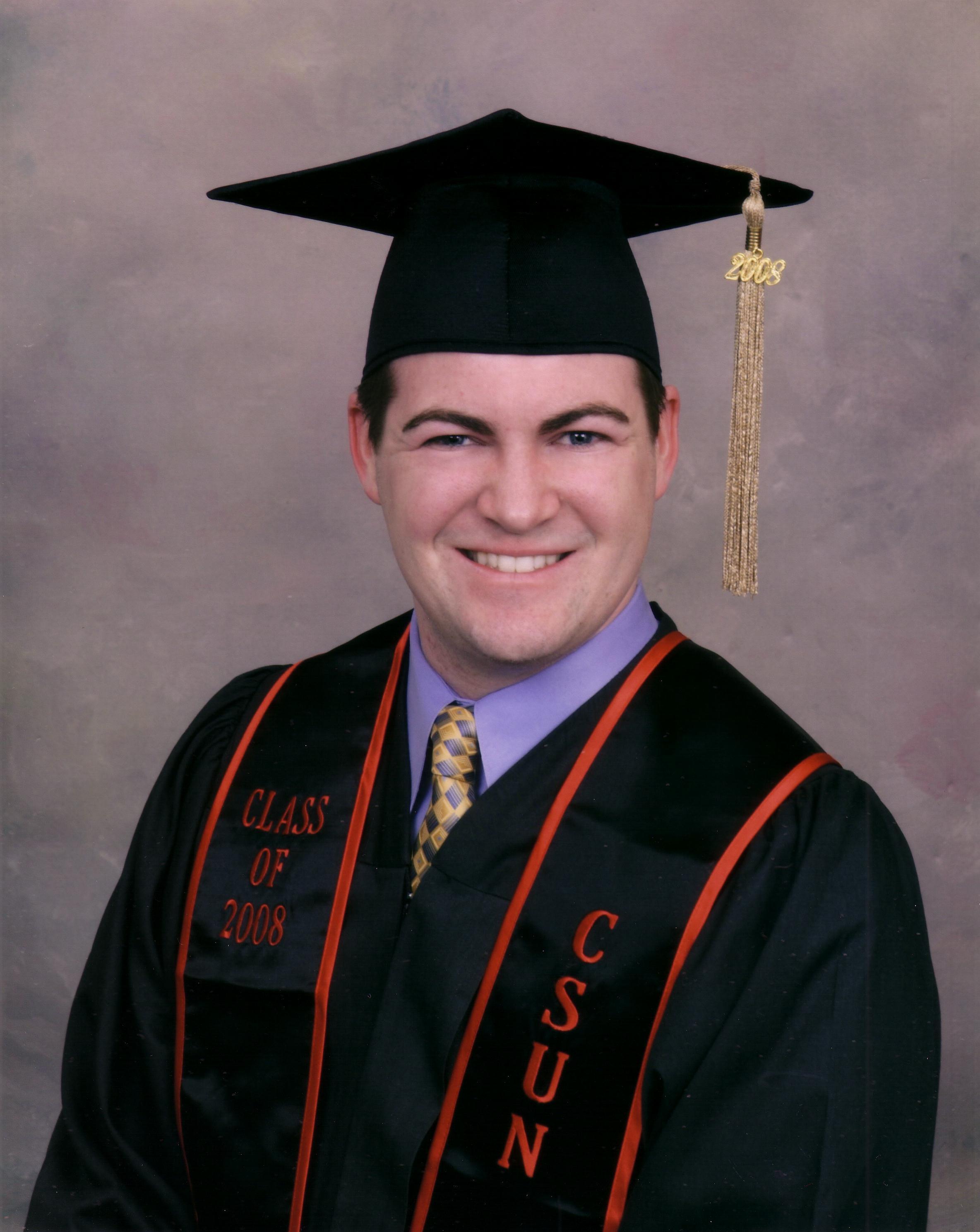
Over the years, Tom responded well to the interventions and therapy he received, and made great gains. He used coping strategies to manage the daily challenges of life. He learned to be more social and make friends. He learned to drive. He began to understand autism and how it affected him. He learned to accept and love himself without regrets. He started to speak up for himself and become a self-advocate.
Tom was excellent at math and set his sights on becoming an accountant. He got a college degree and successfully passed the very difficult examination to become a Certified Public Accountant (CPA). He worked in corporate America for almost a decade when he decided that accounting was not the right field for him.
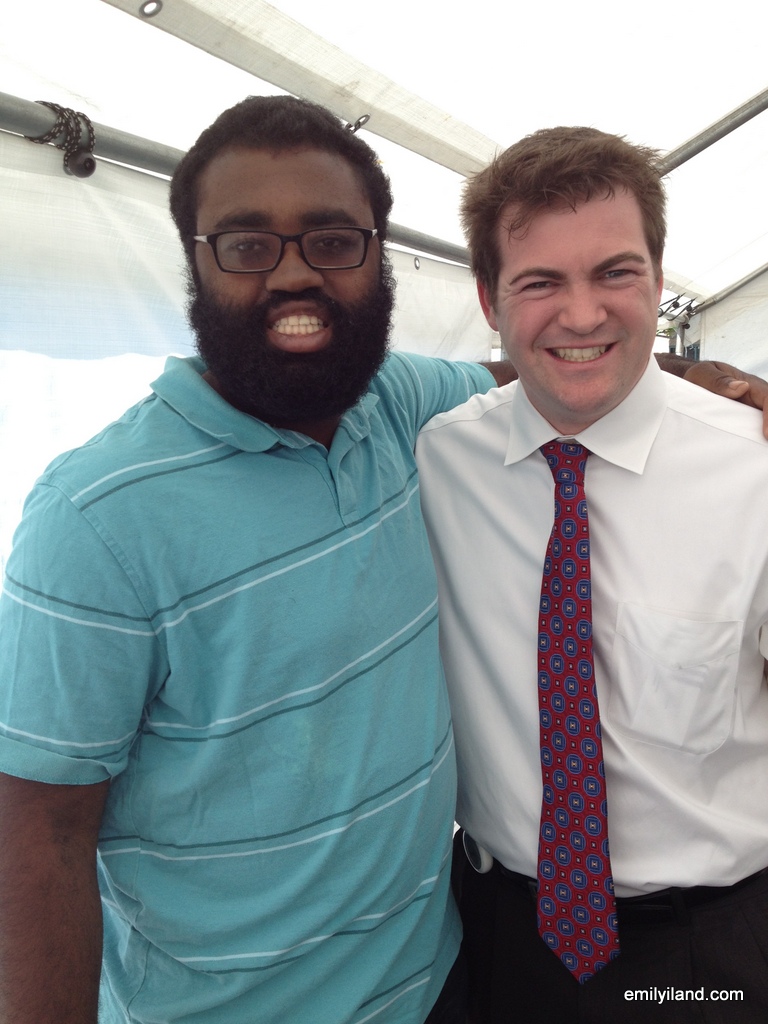
Tom does not keep his autism a secret, and many people asked him, “How did you become the person you are today,” or “How can I help my students with ASD?” Tom decided to walk away from his accounting career to dedicate himself full time to speaking and training on autism.
He is also sharing what he learned from his experiences to inspire others who face similar challenges in his upcoming book, Come to Life: Navigating the Transition to Adulthood. In it he explains his mantra, “Know Yourself. Love Yourself. Be Yourself.” He speaks directly to his peers and suggests ways that youth with ASD or similar disabilities can discover themselves.
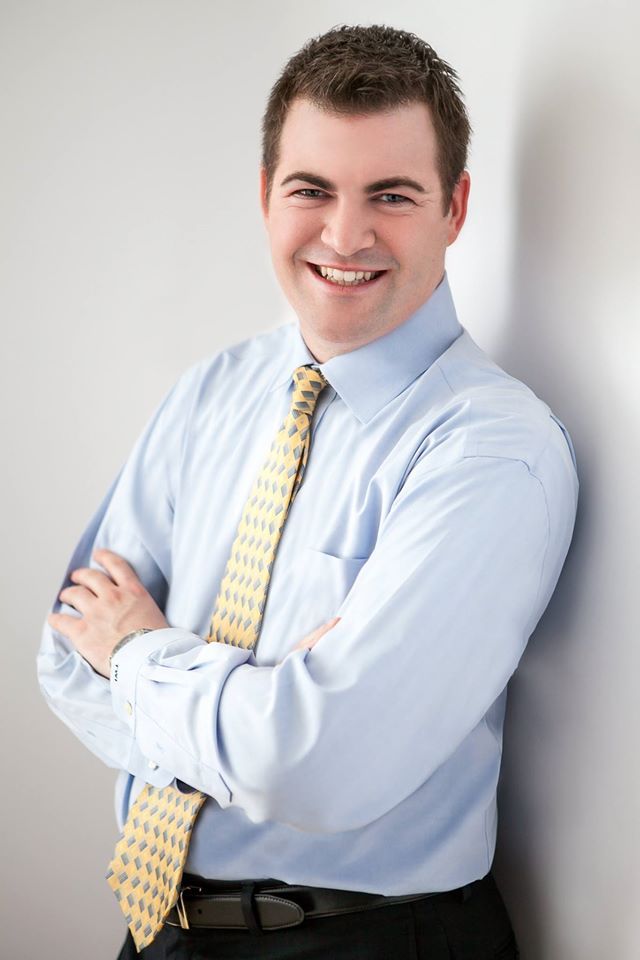
In the meantime, Tom’s love for the Wheel did not wane, and he is still an excellent player. When his schedule became flexible he decided to try out. He did really well in the auditions and was called very soon afterwards to be a contestant. We all always pictured him on that stage, and it was a highlight of his life to finally be there!
During the contestant interview when Pat Sajak chats with him, Tom tells a short version of his life story, past and future. As his mother, that moment was enough for me, seeing him there so poised and articulate, having overcome more than anyone could know, telling the world he is ready to make a difference by helping others. I could have stopped watching then and there (but of course I didn’t).
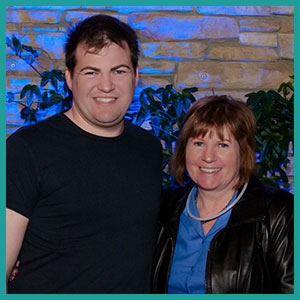
What better time for this episode to air than in Autism Awareness Month, or as Tom prefers, Autism Acceptance Month? Tom represents the potential of people with autism and the very real ability they have to contribute to the world, whatever their gifts may be.
Tune in on Tuesday April 18 to see how it went for Tom, whether the Wheel favored Tom or if Wheel of Misfortune better characterizes his luck that day!
Visit www.ThomasIland.com for more information about Tom.

